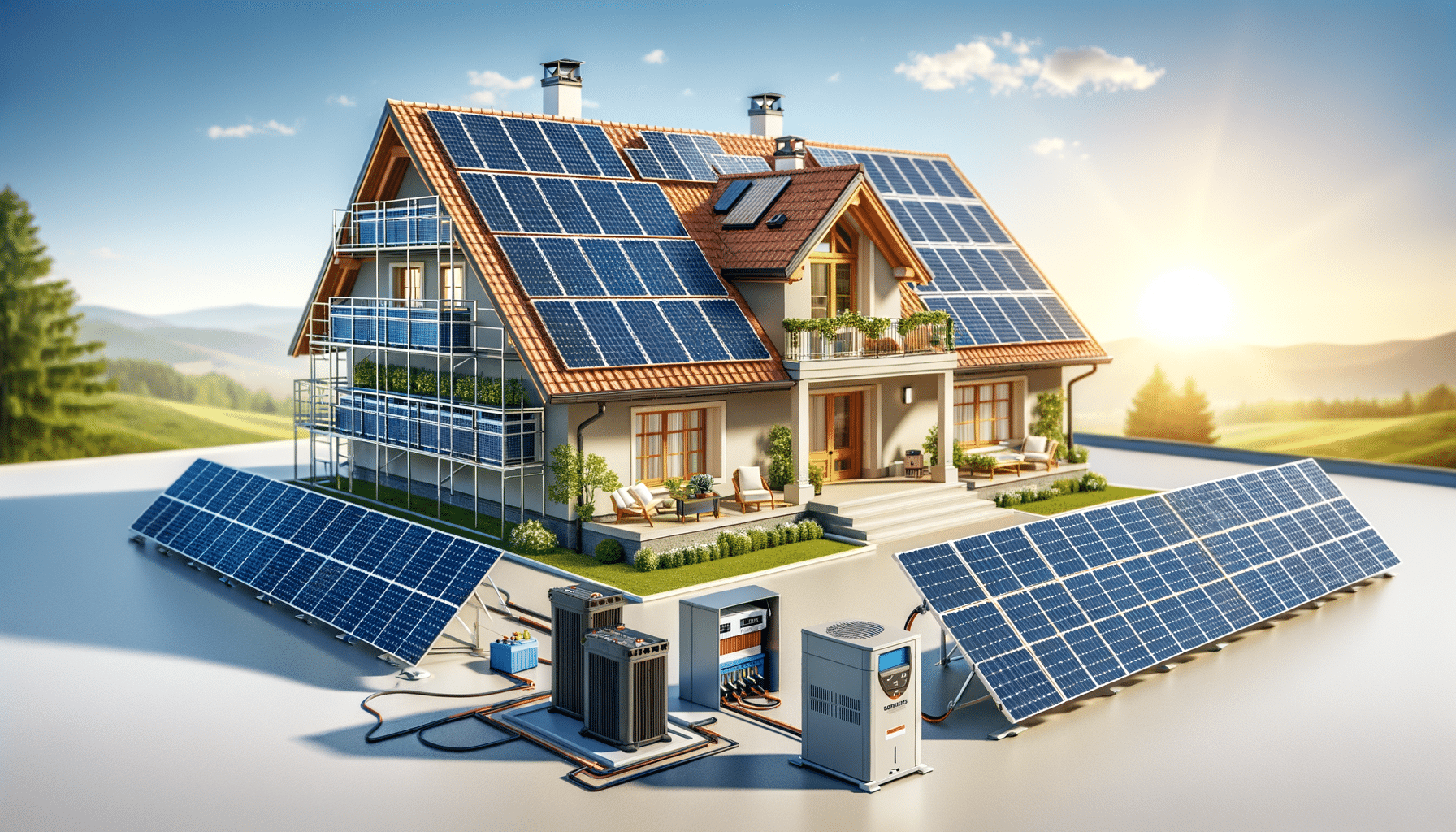
How to Switch Your Home to Solar Power in 2025
Introduction to Solar Power Systems
As we move towards a more sustainable future, many homeowners are considering the benefits of solar power systems. These systems offer a renewable energy source that can significantly reduce electricity bills and environmental impact. In 2025, the shift to solar energy is more relevant than ever, with technological advancements making it more accessible and efficient. This article will guide you through the process of transitioning your home to solar power, highlighting the key considerations and steps involved.
Understanding the Components of a Solar Power System
Before diving into the installation process, it’s essential to understand the key components that make up a solar power system. At its core, a solar power system consists of solar panels, an inverter, a battery storage system, and a metering device. Each component plays a crucial role in capturing, converting, and storing solar energy for home use.
Solar panels are the most visible part of the system, typically mounted on the roof to capture sunlight. They convert sunlight into direct current (DC) electricity. The inverter then takes this DC electricity and converts it into alternating current (AC) electricity, which is used by most household appliances.
Battery storage systems are optional but highly beneficial, especially for those looking to maximize energy independence. They store excess energy generated during the day for use at night or during cloudy periods. Lastly, a metering device tracks energy production and consumption, providing valuable insights into your energy usage patterns.
Understanding these components and their functions is crucial for anyone considering a solar power system for their home. It allows for informed decisions regarding system size, configuration, and potential upgrades to enhance efficiency and savings.
Steps to Implementing a Solar Power System at Home
Transitioning to solar power involves several key steps, each requiring careful consideration and planning. The first step is to assess your home’s solar potential. This involves evaluating factors such as roof orientation, shading, and available space for panels. Online tools and professional assessments can provide accurate estimates of your solar energy potential.
Once you’ve determined your home’s suitability for solar, the next step is to choose the right solar power system. Considerations include the system’s size, cost, and expected energy output. It’s advisable to obtain quotes from multiple providers to compare options and find a system that fits your budget and energy needs.
Installation is a critical phase where professional expertise is essential. Certified installers ensure that the system is correctly mounted and connected, adhering to safety standards and local regulations. After installation, a thorough inspection and testing phase ensures that the system operates efficiently and safely.
Finally, ongoing maintenance and monitoring are vital to ensure long-term performance. Regular cleaning of panels and system checks can prevent issues and optimize energy production. Many systems come with monitoring apps that allow you to track performance and identify any potential problems early on.
By following these steps, homeowners can successfully transition to solar power, enjoying the benefits of renewable energy while contributing to a more sustainable future.
Conclusion: Embracing Solar Power for a Sustainable Future
Switching to solar power is a significant step towards reducing your carbon footprint and embracing sustainable living. With the right knowledge and preparation, implementing a solar power system in your home can be a seamless and rewarding process. As technology continues to advance, solar energy becomes an increasingly viable option for homeowners seeking to make a positive impact on the environment while enjoying the economic benefits of reduced energy costs. Embrace the future of energy by making the switch to solar power in 2025.


